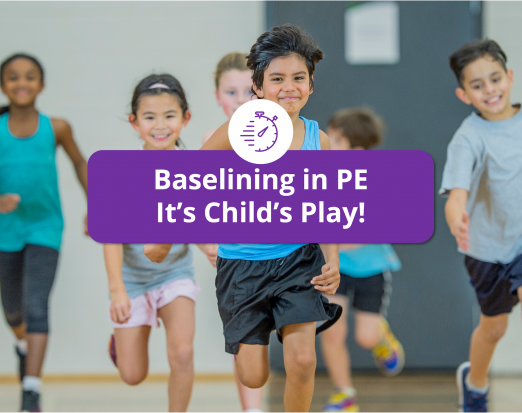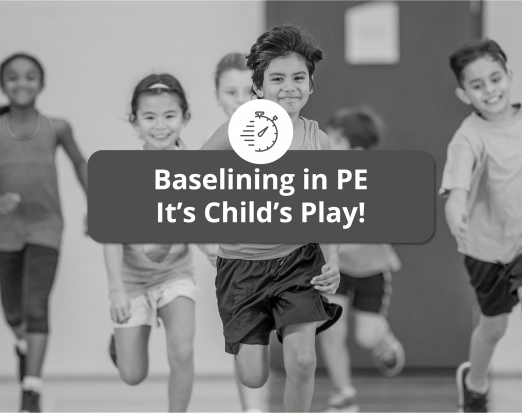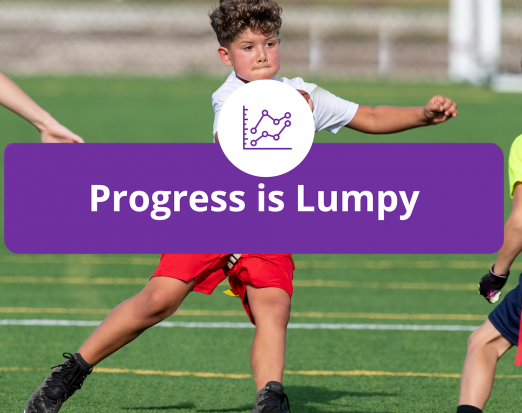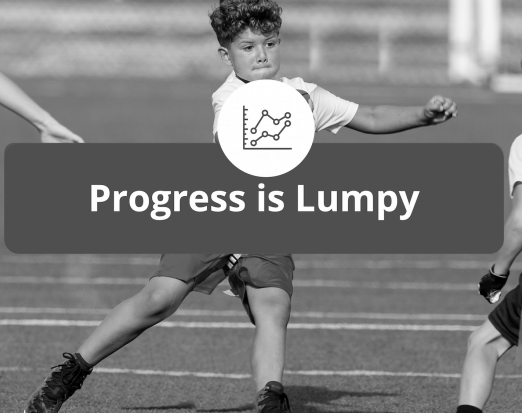Fun PE Activities for Better Health in National Heart Month!
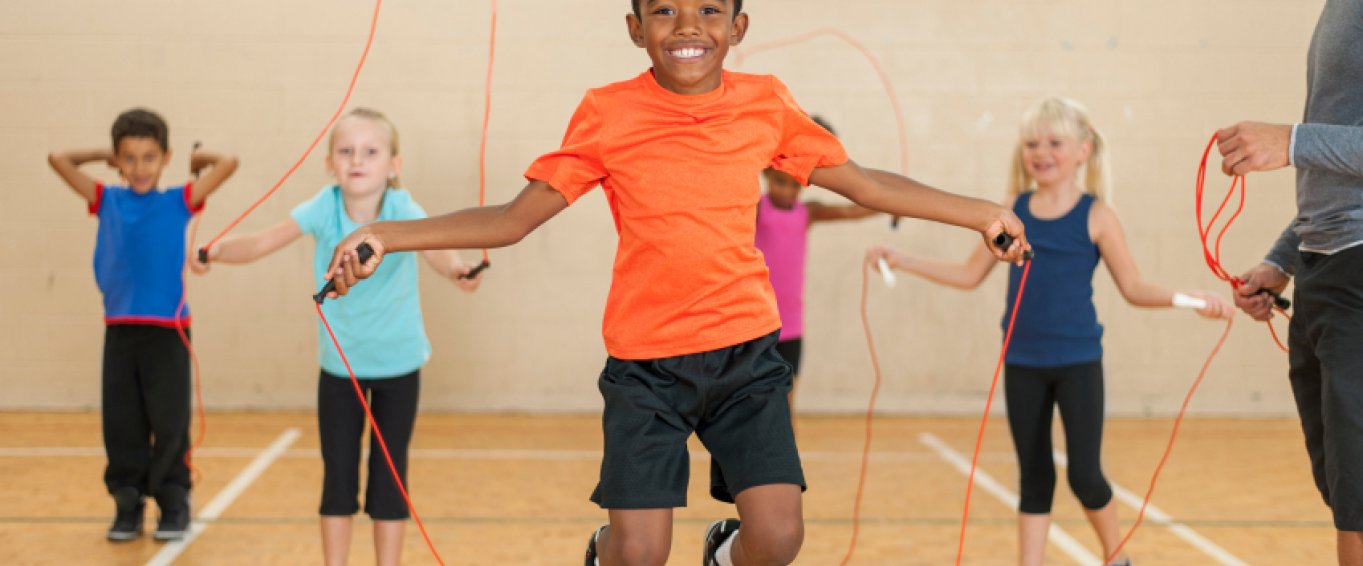
According to the head of British Heart Foundation Wales, much of the progress made in the fight against heart and circulatory diseases will be lost if child obesity trends in the United Kingdom don't change soon. Today, nearly 30% of British children are obese or overweight with a significantly greater risk of diabetes, heart attacks and strokes as adults.
The magnitude of social change needed to reverse decades of disease prevention is simply huge. So, it requires a similarly huge solution. To improve the health of a nation, you've got to go back to basics. And it starts with our children. If we can teach young people the value of caring for their hearts in ways that are fun, interesting and engaging, we'll raise a generation of adults for whom cardiovascular health is second nature.
In honour of National Heart Month, here are some great ways for physical educators to get childrens' hearts racing for all the right reasons.
Three Fun PE Activities for Better Heart Health
1. Gimme the Loot
What You Need: beanbags, four hula hoops
How to Play: Give every pupil a beanbag. Now, split the class into four teams. Each team should take a hula hoop and place it in a corner of the space. Instruct them to place their beanbags on the ground, in the hoop. On a shout of GO, children must run to another hoop, 'steal' a beanbag and bring it back to their own. Pupils may only carry one beanbag at a time. The team with the most beanbags at the end wins a point. Repeat for multiple rounds.
Progression: Children must take turns leaving their hoop. Only one team member at a time can go on a 'raid.' Everybody must take a turn.
Adaptation: Pair pupils with mobility issues with faster peers. Encourage the children to strategise and find a way to win that includes all team members. If one team member is likely to 'steal' fewer beanbags, could somebody run fast enough to pick up more?
2. Turbo Circuits
What You Need: one hula hoop, fitness 'flash cards,' various pieces of equipment (skipping ropes, beanbags, mats, balls, etc.)
How to Play: This game requires a little bit of preparation. Set up various 'fitness stations' around the playing space. Place a hula hoop in the centre. On pieces of paper or card, write the names of your fitness stations/activities. Put these cards inside the hoop. Split the pupils into teams of four. One at a time, team members must run to the hoop, take a card and complete the task at the assigned station. The team with the most completed tasks wins.
Progression: Add a timed element to the fitness stations. Instead of doing five star jumps, can children keep up the activity for 20 or even 30 seconds? Have pupils count out loud.
Adaptation: If pupils struggle with the station activities, instruct them to run to the hoop in the centre and around its perimeter instead. Watch out for other teams dashing in and out!
3. Hitting the Heart Target
What You Need: heart monitors (if available)
How to Play: This is a simple exercise designed to help pupils learn about cardiovascular health and performance. If you don't have access to heart monitors, spend time teaching pupils how to measure their heart rate using their pulse. The goal is for pupils to achieve a Zone 3 heart rate. This is also known as the anaerobic zone and it represents 50-70% of maximum heart rate. When their hearts beat at this speed, pupils are moving at a moderate to vigorous intensity and giving their bodies a good workout.
Allow pupils to choose their own form of movement - whatever activity they think will help them achieve Zone 3. Every five minutes or so, stop and ask them to measure their heart rate with a monitor or their pulse.
Progression: Tell your pupils what activity to do to reach Zone 3 (walking, for example). But don't specify any other details. Allow them to discover, for themselves, that almost any activity can constitute moderate to vigorous movement if performed in the right way (briskly).
Adaption: Pupils of varying abilities and competences should be encouraged to take part in this activity. If movement is difficult, try throws and catches while standing or sitting. If necessary, pair pupils with confident peers who can assist with pulse measurements.
Amaven Healthy Schools: log into your portal to access our comprehensive library of PE lesson plans. There's 100+ lesson plans available for download, covering everything from athletics to gymnastics, tag rugby, striking and fielding, football, hockey and more.
Log in to your portal and click the Lesson Plans tab to view and download.
